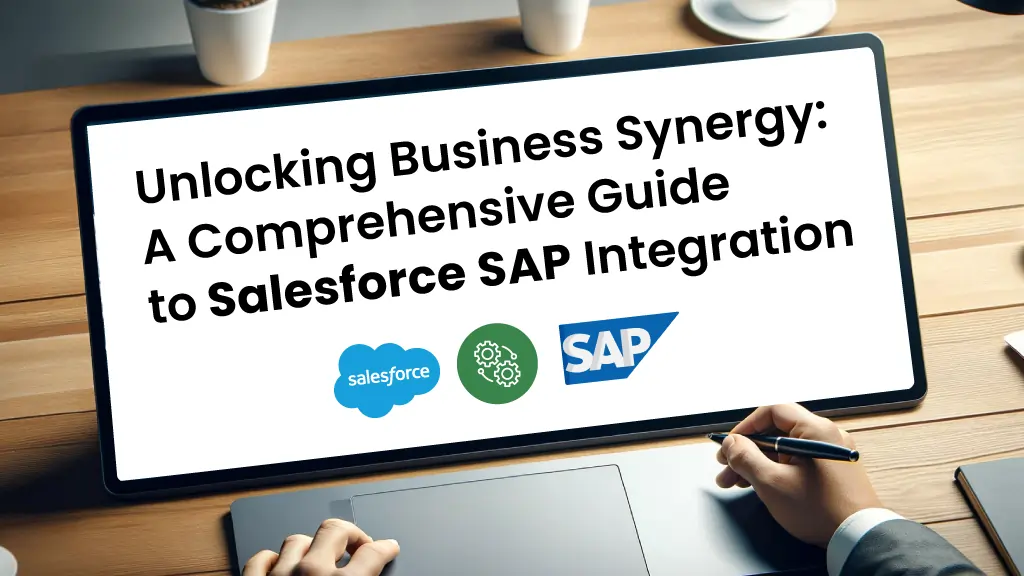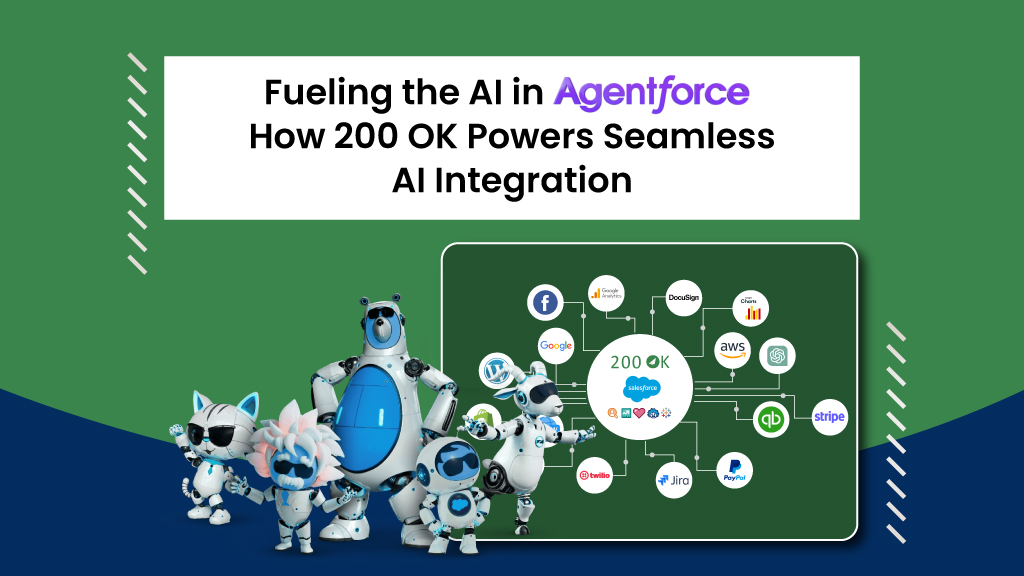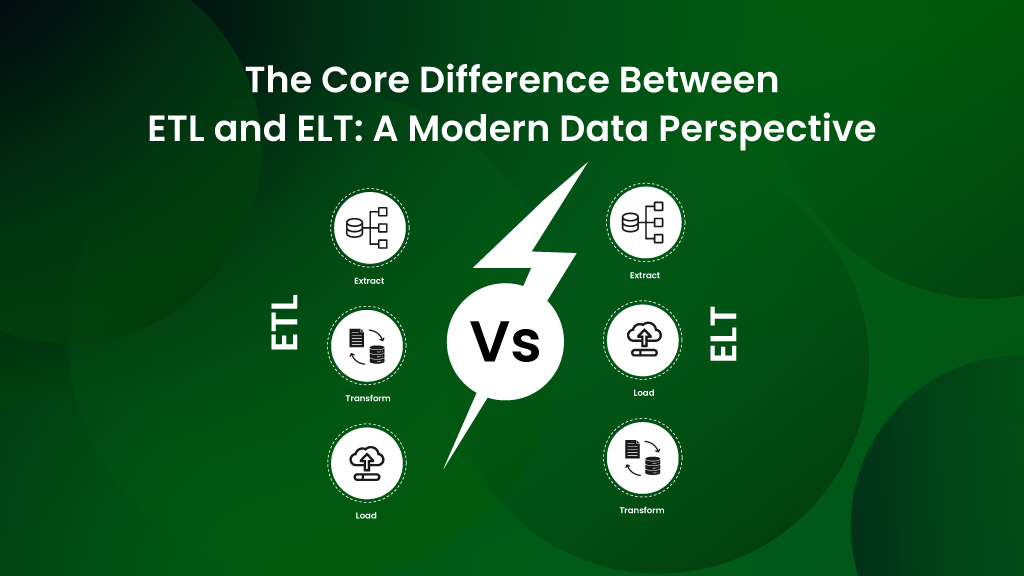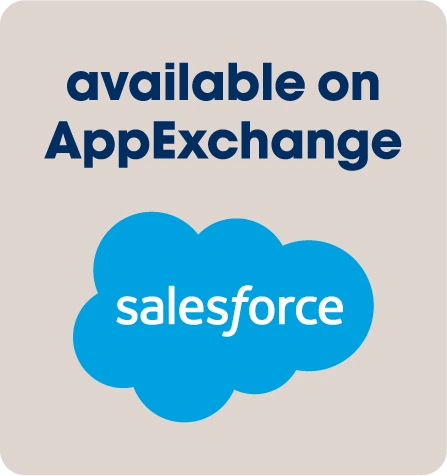In today’s hyper-connected digital landscape, enterprises are constantly seeking ways to streamline their operations and enhance productivity. One of the most powerful strategies gaining traction among decision-makers is the integration of Salesforce as CRM with Backoffice operations like ERP. SAP is a widely used ERP system used by many companies. By seamlessly connecting these two industry-leading platforms, organizations can unlock a plethora of benefits, ranging from improved data visibility to enhanced customer experiences. In this comprehensive guide, we’ll delve into the intricacies of Salesforce SAP integration, exploring best practices, integration methods, and actionable insights for decision-makers.
Understanding Salesforce SAP Integration:
So, picture this: Salesforce, the king of CRM, shaking hands with SAP, the heavyweight champion of ERP. Sounds like a match made in business heaven, doesn’t it? These two powerhouses, with their own unique strengths, can actually bridge those pesky gaps in your business processes, making data flow smoother than butter and fostering collaboration across all your departments.
Integration Methods for Salesforce and SAP:
Now, there are a few ways to go about this integration gig. You’ve got your point-to-point integration, Middleware, and Custom, let’s get right into them.
- Point-to-Point Integration:
Point-to-point integration involves establishing direct connections between Salesforce and SAP systems using APIs (Application Programming Interfaces). While this method offers simplicity, it can become cumbersome to manage as the number of integration points grows. Moreover, SAP offers many APIs for different functions, and creating complex integration scenarios, requires many intertwined APIs to be integrated. Maintaining the custom code and adopting future changes are other challenges
- Middleware Integration:
Then there’s middleware integration, like Third-party iPaaS platforms like MuleSoft, Zapier, Make, Tray.io, and many more. Think of it as the mediator between Salesforce and SAP, orchestrating data exchanges like a conductor leading a symphony. This one’s great for flexibility and scalability, letting you adapt to changing business needs without breaking a sweat.
- Custom Integration:
And let’s not forget custom integration – for organizations with unique business processes or specialized requirements, custom integration solutions tailored to their specific needs. Leveraging the expertise of experienced developers and consultants, custom integrations can deliver precise outcomes aligned with business objectives.
Salesforce SAP integration Use cases:
- Streamlined Sales and Order Management:
Imagine a manufacturing company that integrates Salesforce with SAP to synchronize sales data with production schedules. The outcome is transformative: sales teams gain access to real-time inventory levels within Salesforce, enabling them to provide customers with accurate delivery estimates. Orders placed in Salesforce are automatically transferred to SAP for production planning, streamlining the entire sales-to-production process. This integration not only enhances operational efficiency but also improves customer satisfaction by ensuring timely and accurate order fulfillment.
- Enhanced Customer Service:
Consider a retail organization that implements Salesforce SAP Integration to empower its customer service team with comprehensive customer histories. Customer service representatives can access complete customer order histories and preferences from SAP within the Salesforce interface. This integration results in faster responses to consumer inquiries and more personalized service, significantly enhancing the customer experience. By having a 360-degree view of the customer, businesses can tailor their interactions and solutions to meet individual needs, fostering loyalty and repeat business.
- Improved Financial Reporting:
A global corporation integrates financial data from SAP into Salesforce, revolutionizing its approach to financial reporting and analytics. This integration allows for real-time financial reporting within Salesforce, facilitating better forecasting and financial planning. Sales data correlate directly with financial metrics, providing a clear picture of the company’s financial health and enabling more accurate and strategic decision-making. With this level of integration, businesses can identify trends, optimize resource allocation, and drive profitability more effectively.
Benefits of SAP and Salesforce Integration:
Many businesses grapple with siloed information trapped in disconnected CRM and ERP systems – Salesforce and SAP being prime examples. This data fragmentation hinders sales cycles, frustrates customer service, and impedes strategic decision-making. But fear not, there’s a powerful solution: Salesforce SAP integration.
Imagine unlocking a world of:
- Real-time inventory visibility: Empowering sales teams to provide accurate delivery estimates and streamline the sales-to-production process.
- 360° customer views: Enabling faster responses and personalized service, boosting customer satisfaction and loyalty.
- Unified financial reporting: Accessing real-time data for accurate reporting and forecasting, driving strategic decisions and profitability.
This isn’t just wishful thinking – it’s the transformative power of Salesforce SAP integration. By seamlessly connecting these powerhouses, you unlock a treasure trove of benefits:
- Enhanced Data Accuracy: Say goodbye to inconsistent information. Integration ensures real-time data synchronization across CRM and ERP systems, eliminating errors and boosting data quality.
- Superior Customer Experience: Empower your customer service team with a holistic view of each customer. Access order history, preferences, and other valuable data directly in Salesforce, allowing for personalized interactions and a truly exceptional experience.
- Streamlined Business Processes: Break down silos and unify sales, finance, and operations. Achieve smoother workflows, eliminate redundancies, and boost overall efficiency.
- Boosted Productivity: No more time-consuming system hopping! Integrated systems free up your employees’ time, allowing them to focus on strategic initiatives and drive growth.
- Deeper Analytics & Reporting: Leverage the combined power of Salesforce’s analytics tools and SAP’s rich data repository. Gain comprehensive insights into your business performance and make data-driven decisions with confidence.
- Scalability & Flexibility: Adapt to market changes effortlessly with the combined capabilities of both platforms. Whether you’re expanding your reach or entering new markets, integration equips you with agility and success.
Why integrate, you ask?
- Picture this: no more siloed data driving your sales team bonkers or frustrating your customer service champs. With Salesforce SAP integration, you’re looking at real-time inventory visibility, 360° customer views for lightning-fast responses, and unified financial reporting that’ll make your CFO do a happy dance.
- But wait, there’s more! With integration, you’re saying goodbye to data inconsistencies and hello to enhanced accuracy. Your customer service team? They’ll be delivering personalized experiences like never before. And as for your workflows? Consider them streamlined, baby!
Tackling Challenges Head-On with 200 OK:
Integrating systems like Salesforce and SAP can seem intimidating, but don’t worry – we’ve got you covered. Our platform is pre-built and doesn’t require any coding, making it easy for anyone to use, even if they’re not tech-savvy.
Data synchronization keeps you up at night? We’ve got robust mechanisms and expert support to ensure your data flows like a well-oiled machine. And hey, we get it – budget concerns are real.
But with our solution, you’ll see the value from day one, without breaking the bank.
Ready to unlock the transformative power of Salesforce SAP integration?
Don’t just integrate, innovate. Choose 200 OK – Native, No-Code No-limit integration platforms and unleash the power of your combined data to achieve unprecedented growth and success.
Talk to our product experts today!





